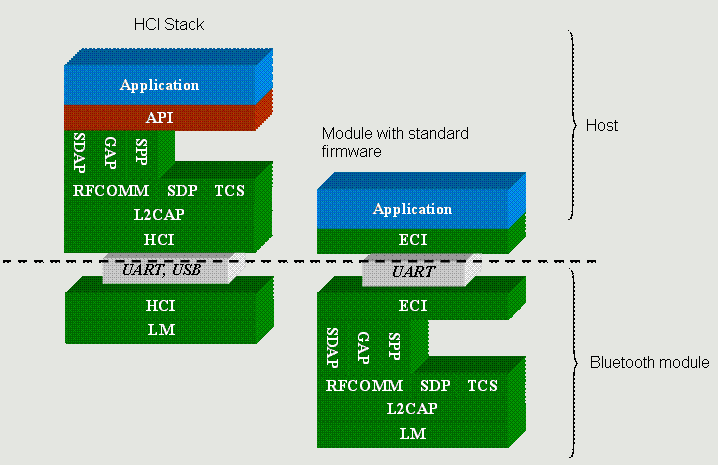And Telefonica, who owns them, just as much. If the rumors are true, they will be surrendering around 40% of revenue (not profit, revenue) from each client using an iPhone, in exchange for an exclusive distribution deal in the UK. What is going to be the likely problem for end users here? Traditionally, when you buy a phone in Europe that is tied to a contract, you have to sign the papers before you can even smell the phone, and thus are bound by the terms. In the US, you can just buy the phone at the store, take it home, and get the contract set up with AT&T through iTunes there while sipping a coffee.
Unlocking your $400 iPhone is now possible, and so you’re no longer bound by an AT&T contract. In Europe, however, you may be able to unlock the phone just the same, but you will have to stay with the contract or pay the cancellation fee. Either way, operators stand to have better deal than AT&T.


